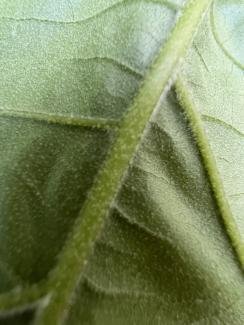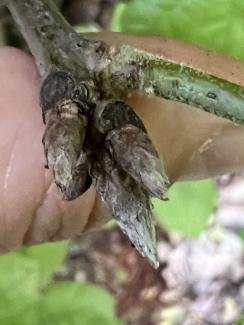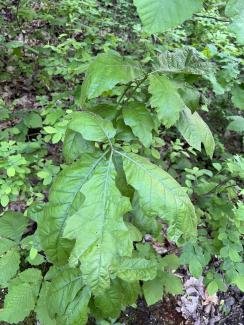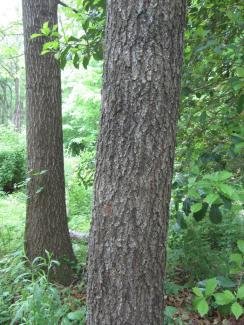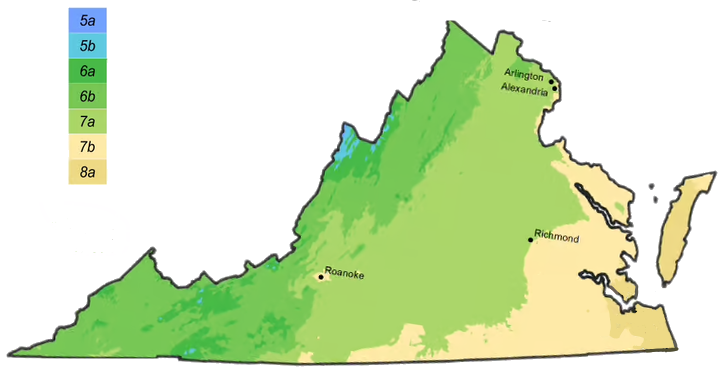
Habitat: xeric upland ridges and slopes; also mesic flatwoods
Wildlife value: Oak trees support a wide variety of Lepidopteran (butterflies and moths) and a wide range of insects which in turn feed the birds. The acorns, produced every 3 to 5 years, are eaten by woodpeckers, blue jays, small mammals, wild turkeys, white-tailed deer, and black bears and can be eaten by people after tannins are leached or boiled out. Plant NOVA Natives lists this species as particularly popular with the non-native honeybees
Notes: "Black" refers to the dark colored bark. A medium sized oak that tolerates poor, dry soil. Deep taproot. It can live up to 200 years of age. This tree is included in the Homegrown National Park: Keystone Trees and Shrubs.
Earth Sangha Inventory
Founded in 1997, the Earth Sangha is a nonprofit public charity based in the Washington, DC, region. The Wild Plant Nursery is the most comprehensive source of local-ecotype, native plants in the Washington DC region, and the region’s only facility dedicated exclusively to this type of propagation. “Local-ecotype” plants are propagated from local, wild, naturally-occurring populations and are well-adapted to local conditions and for wildlife species that depend on the local forms, such as pollinators. Inventory is updated on a weekly basis so number may not be accurate.
| Pots Available | Plugs Available | Location | Notes | ||
|---|---|---|---|---|---|
| 45 | 0 | Row 15 |
Available as tubelings |
View My Wishlist |
